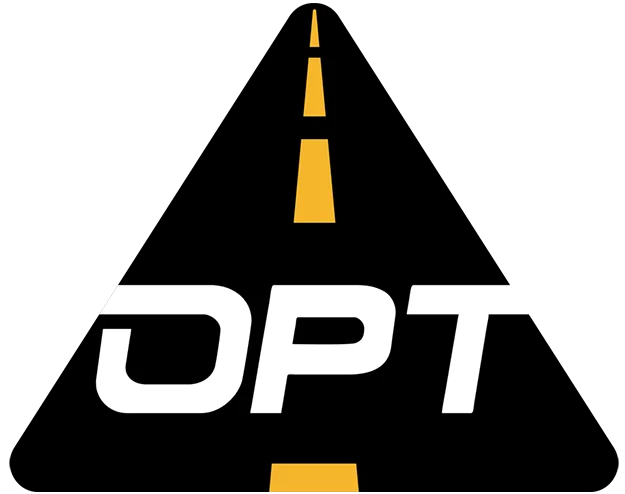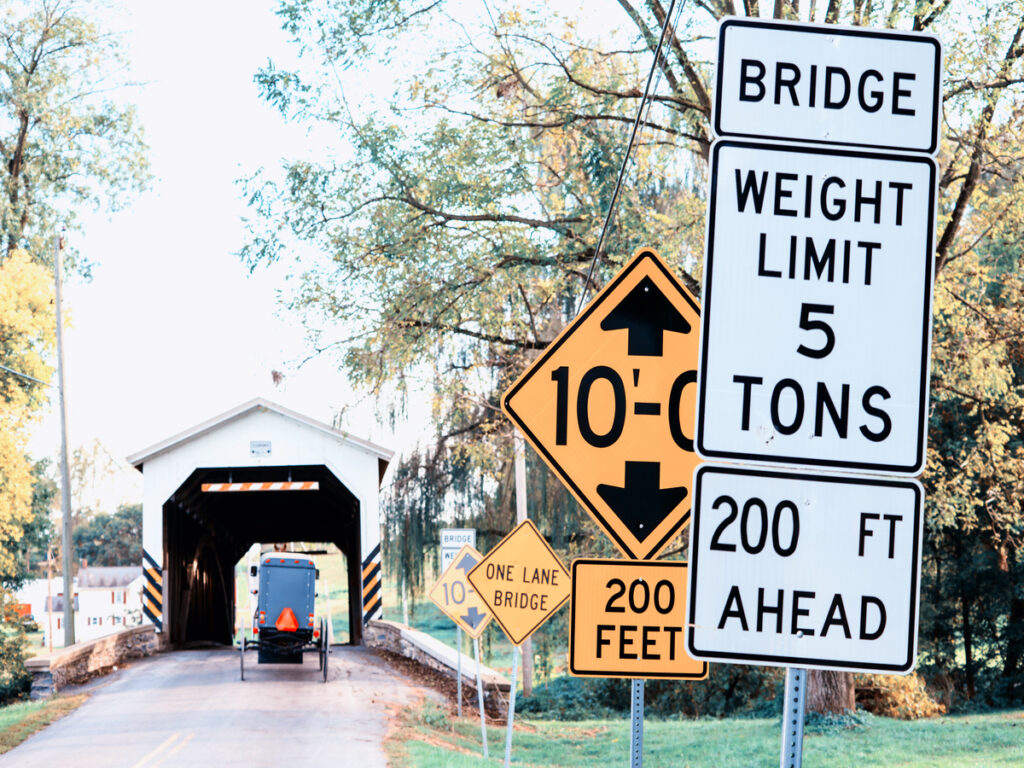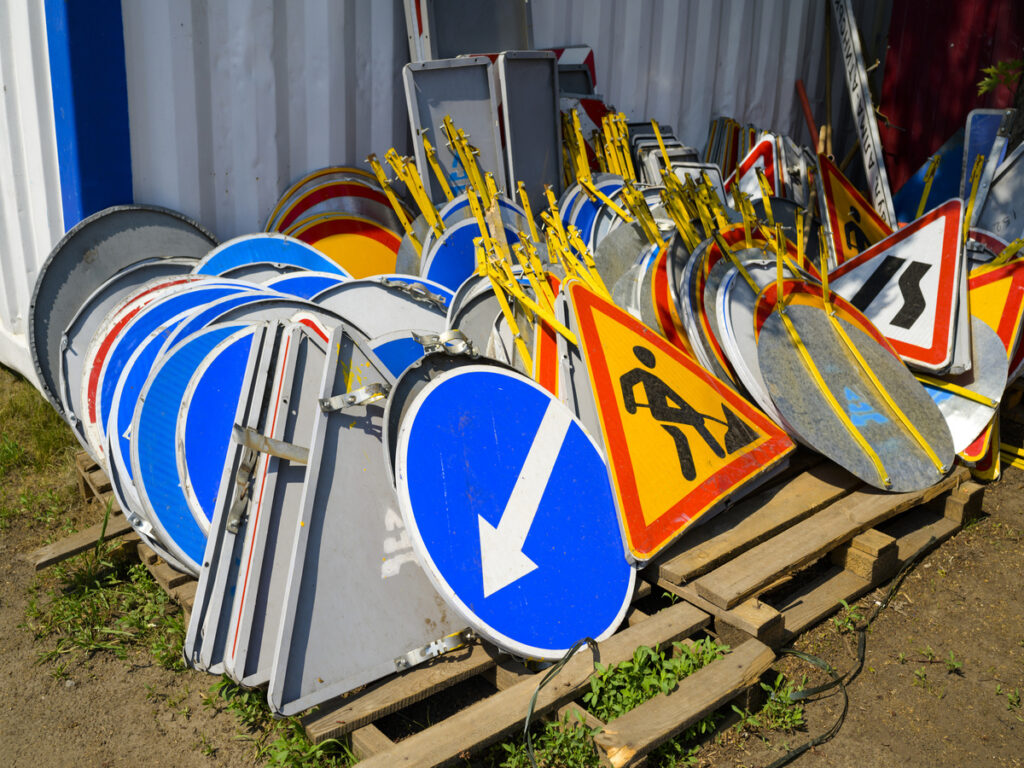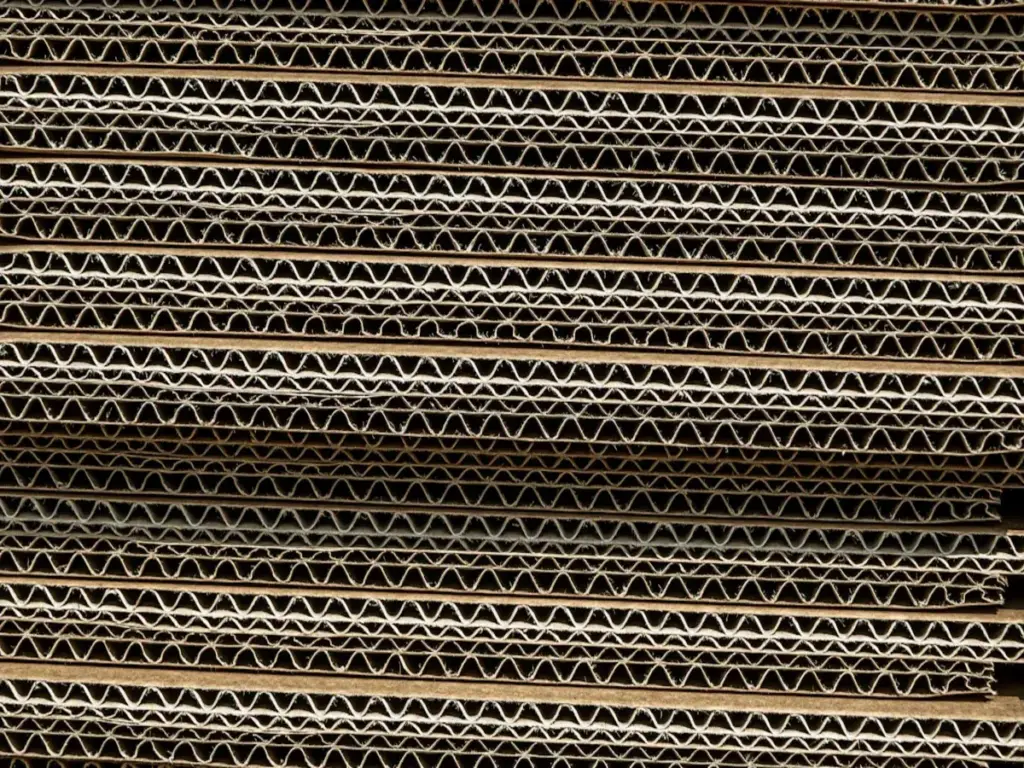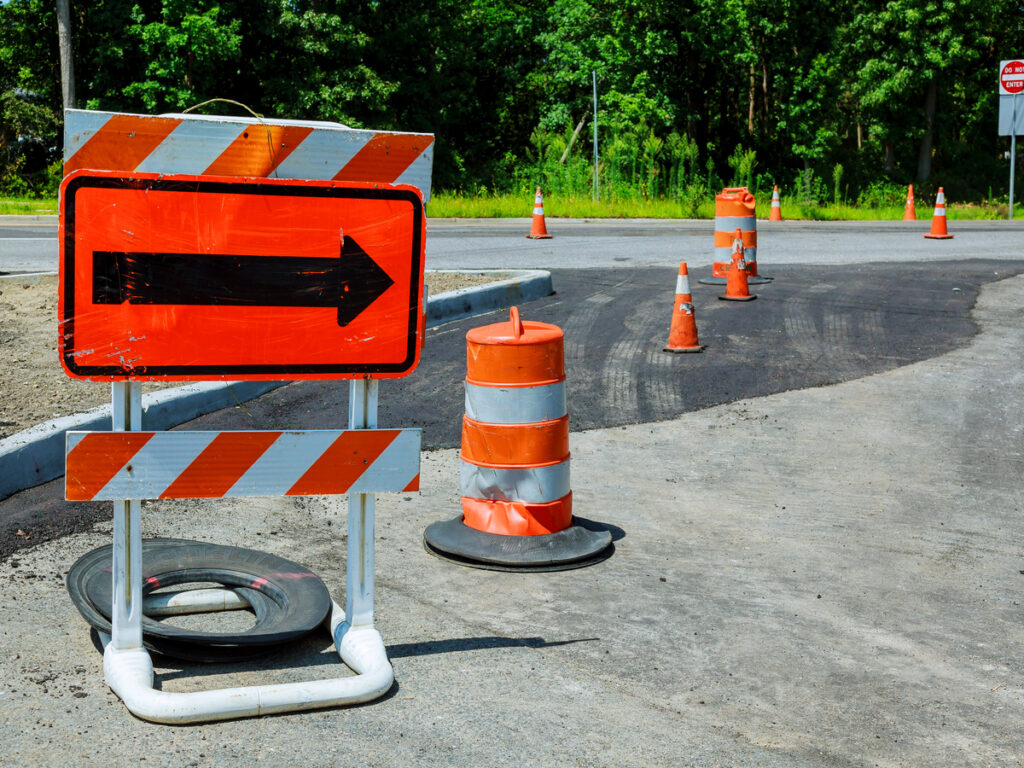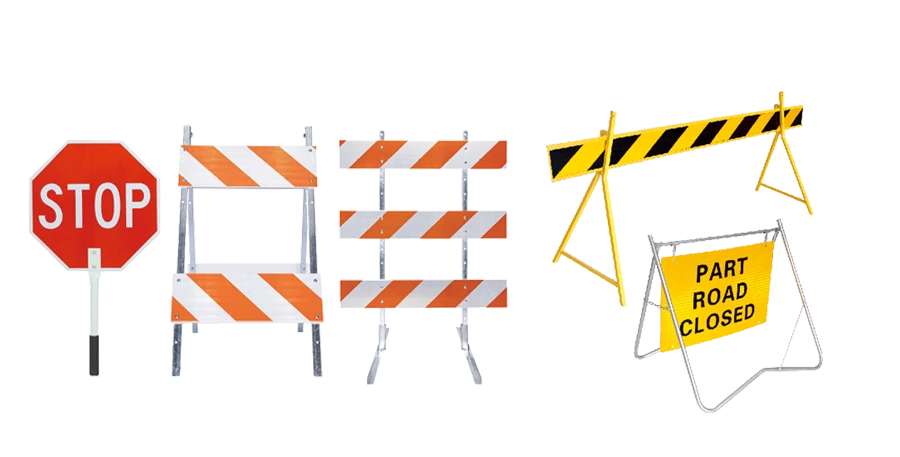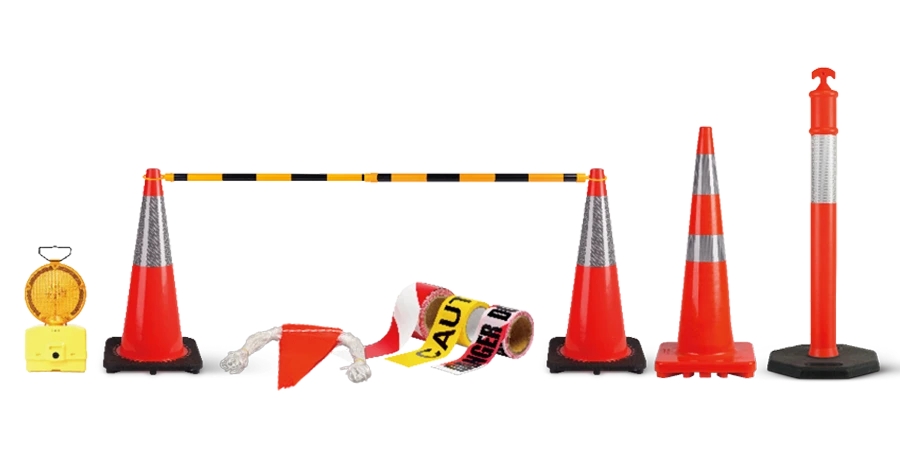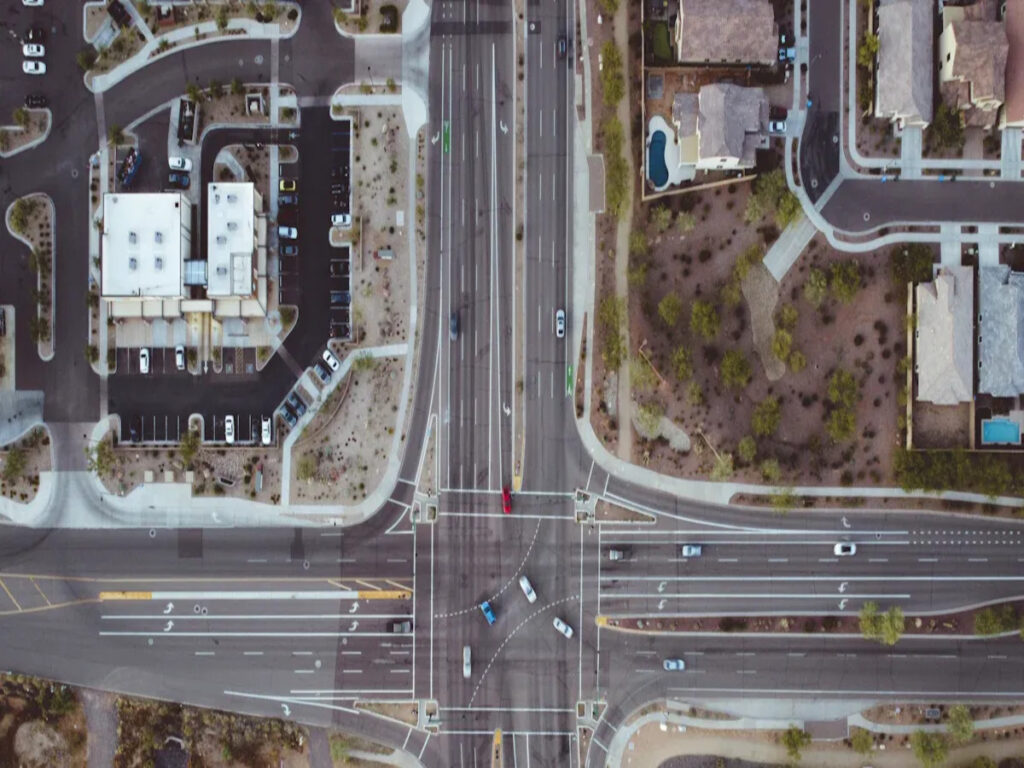
Der schnelle Anstieg intelligenter Transportsysteme verändert den Stadtverkehr. Diese Systeme nutzen neue Technologien, um den Verkehr zu verbessern und Staus zu senken. In 2023, Adaptive Verkehrskontrollsysteme waren wert $6.89 Milliarden und wird voraussichtlich mehr wachsen. Auch mit diesen Verbesserungen, Verkehrszahlen sind für die Sicherheit immer noch sehr wichtig. Reflektierende Verkehrsgrößen, zum Beispiel, abgesenkte Abstürze bis nach vorne bis zu 40%. Sie sind bei dunklem oder schlechtem Wetter hilfreich. Die Kombination dieser traditionellen Verkehrsfaller mit intelligenten Systemen ist entscheidend für sicherere und glattere Transportmittel.
OPTRAFFIC understands the importance of both cutting-edge technology and traditional safety solutions. OPTRAFFIC high-quality traffic delineators for sale are designed to work alongside advanced smart transportation systems to provide maximum safety and efficiency. Our focus on durability and visibility ensures that traffic management remains effective, auch unter schwierigen Bedingungen. By integrating our premium delineators with smart systems, OPTRAFFIC contributes to a future where transportation is both safer and more seamless.
Key Takeaways
- Traffic markers are important for safety, Schneiden von Unfällen von 40% Bei schlechtem Wetter.
- Smart markers use sensors and live data to make traffic smoother and safer.
- Mixing old and smart systems helps cities handle traffic and self-driving cars.
- Teaming up with businesses can solve money problems for smart traffic tools.
- Teaching people about smart tools’ benefits helps them accept and use them easily.
Understanding Traffic Delineators in Modern Infrastructure
Traditional Roles in Transportation Safety
Traffic delineators are important for keeping roads safe. Sie helfen Autofahrern, Wanderer, and bikers by showing boundaries and improving visibility. Dies ist besonders nachts oder bei schlechtem Wetter hilfreich. Reflektierende Größen, Zum Beispiel, can cut accidents by up to 40%, die Straßen für alle sicherer machen.
Im Laufe der Zeit, traffic delineators have changed a lot. The table below shows key improvements and how they made roads safer:
| Year/Period | Development | Auswirkungen auf die Verkehrssicherheit |
|---|---|---|
| Early 20th Century | Simple wooden posts with paint | Nachts schwer zu sehen, caused more accidents |
| 1930S | Added glass beads to road markings | Bessere Sicht nachts, big safety improvement |
| 1980S | Reflective delineators became common | Weniger Unfälle, widely trusted for safety |
| 2003-2005 | Study results | 67% weniger Abstürze, 62% Weniger Todesfälle, 78% weniger Verletzungen |
Delineators also help manage traffic in specific ways. They make roads clearer for drivers, guide walkers at crossings, and show bikers their lanes. This makes transportation safer and more organized.
Transitioning to Smart Traffic Delineators
Switching to smart delineators is a big step forward. These new traffic delineators use advanced tools like solar lights and smart sensors. They improve visibility and collect real-time data for traffic systems.
The table below compares old and smart delineators:
| Besonderheit | Traditionelle Abgrenzer | Intelligente Größen |
|---|---|---|
| Material | Basic materials like PVC | Stark, umweltfreundliche Materialien |
| Sichtweite | Reflective only | Solar lights for better visibility |
| Wartung | Muss häufig repariert werden | Hält länger, less upkeep |
| Integration with Technology | Keiner | Smart sensors, Echtzeitdaten |
| Kosteneffizienz | Costs more over time | Saves money in the long run |
| Anpassungsfähigkeit | Limited use | Flexible for different needs |
Smart delineators are key for smart cities. They help self-driving cars by marking lanes and sending data to traffic systems. This upgrade keeps traffic tools like delineators useful in today’s high-tech world.
Benefits of Combining Traffic Delineators with Smart Transportation Systems

Making Traffic Flow Better and Cutting Down Jams
Using smart traffic delineators helps traffic move more smoothly. These delineators have sensors that send data to traffic systems. The data helps adjust traffic lights quickly, reducing jams and wait times. Zum Beispiel, smart lights can change based on traffic, making roads less crowded.
Public transit also gets better with real-time data. Buses and trains can run on time with fewer delays. Emergency vehicles benefit too. Traffic systems clear their paths faster, helping save lives. These tools show how smart systems improve city travel.
Keeping Drivers and Walkers Safer
Traffic delineators are important for safety on the road. When paired with smart systems, Sie arbeiten noch besser. Reflective delineators lower crashes by up to 40%, Straßen sicherer machen. Smart ones improve visibility at night and warn drivers of dangers.
Walkers also stay safer with smart traffic delineators. They guide people across busy streets, Unfälle reduzieren. Mixing old tools with smart features makes roads safer for everyone.
Using Data to Make Quick Decisions
Smart traffic delineators collect and share real-time traffic data. This helps traffic systems adjust quickly to keep roads clear. Zum Beispiel, sensors in delineators track traffic and send updates. These updates help fix problems like accidents or blocked roads fast.
Real-time data also helps plan for the future. By studying traffic patterns, cities can find problems and fix them. This keeps smart transportation systems ready for future needs.
Helping Self-Driving and Connected Cars
Self-driving and connected cars need clear signs and accurate data. Traffic markers are important because they guide cars on the road. When linked with smart systems, these markers help cars find lanes, Kanten, and dangers quickly.
Smart markers have sensors and tools to talk to cars. They share important updates about roadwork, Verkehr, oder schlechtes Wetter. This helps cars slow down, Spuren wechseln, or take safer routes. Zum Beispiel, a smart marker can warn a car about icy roads so it can drive carefully.
How does this make roads safer? These markers give steady and clear guidance. They lower accidents caused by mistakes or bad weather. They also help traffic move better by guiding cars on the best paths. This makes travel safer and smoother for everyone.
But adding these systems to old roads is tricky. Old tools may not work well with new markers. Auch, bad weather can damage smart markers. Trotzdem, new technology is solving these problems and making changes easier.
As cities use more self-driving cars, markers become even more important. They help smart systems keep traffic safe, smooth, und bereit für die Zukunft.
Key Infrastructure Challenges in Integration
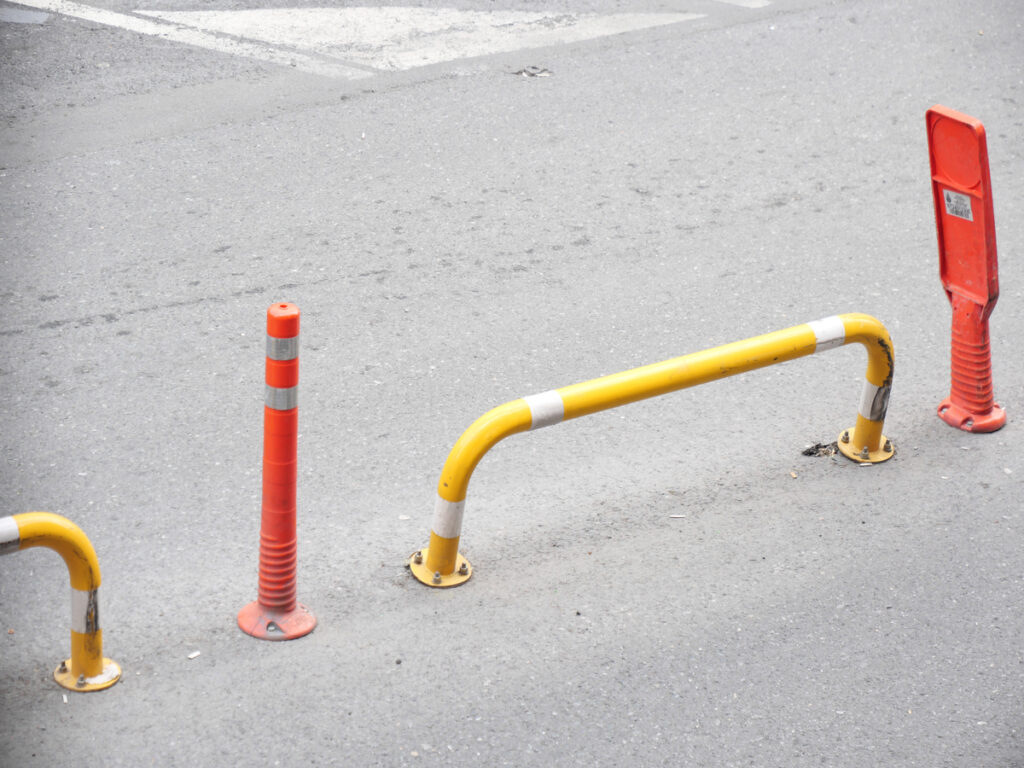
Technical Challenges
Kompatibilität mit der vorhandenen Infrastruktur
Adding smart traffic tools to old systems is hard. New tools must work well with older ones. Checking for problems is very important. Zum Beispiel:
- Adding new tools slowly reduces risks.
- Watching systems closely avoids traffic issues.
These steps help keep roads working while adding smart tools. But old systems often can’t handle new features, making it harder.
Ensuring Reliable Communication Between Systems
Smart tools need to share data with traffic systems. Wenn sie es nicht tun, traffic flow and safety can suffer. Problems like weak signals or delays must be fixed. Strong sensors and better communication systems can help. This makes sharing data easier and keeps roads safer.
Financial Barriers
High Initial Costs of Smart Systems
Smart systems cost a lot to set up. New technology raises building costs. Zum Beispiel:
| Problemtyp | Details |
|---|---|
| Hohe Startkosten | Smart tools cost more than regular ones because of new tech. |
| Geldprobleme | Private funding struggles, so public money is needed to help. |
| Fear of High Costs | Businesses avoid investing due to high starting expenses. |
Even though they save money later, the high cost stops many from using them.
Budget Constraints for Public Infrastructure Projects
Public projects often don’t have enough money. This makes it hard to add smart tools. Governments must choose between new tech and other needs. Working with private companies can help share costs and risks. This makes it easier to add smart traffic systems.
Adoption and Implementation Issues
Resistance from Stakeholders
Some people don’t want to change to smart systems. Old traffic methods are hard to replace. People may think new tools are not needed. Teaching them about the benefits of smart tools can help change their minds.
Lack of Standardization Across Systems
Different systems often don’t work well together. This causes problems. Zum Beispiel:
| Problemtyp | Details |
|---|---|
| Weak Government Rules | Poor policies slow down smart tech use. |
| Hard to Change Old Methods | Old ways resist change, making it tough to standardize. |
| Not Enough Skilled Workers | Few experts make it hard to set up smart systems. |
Making clear rules can help systems work together better and solve these issues.
Wartungs- und Langlebigkeitsprobleme
Durability of Smart Traffic Delineators
Smart traffic delineators are built to handle tough weather. They use strong materials like PVC and polyethylene. These materials help them survive heavy rain, Schnee, and car impacts. This strength means they last longer and need fewer replacements.
Reflective delineators have shown they work well for a long time. They don’t need much fixing but still stay effective. Smart delineators add features like solar lights and sensors. These upgrades make them better without losing durability. But keeping the tech parts working in bad weather can be tricky.
Ongoing Maintenance Costs
Smart traffic delineators are helpful but can cost a lot to maintain. Setting them up is expensive, and fixing them adds more costs. Zum Beispiel, replacing broken sensors or solar panels can be hard for cities with small budgets.
Even with these costs, smart traffic delineators save money over time. Their strong design means fewer repairs. They also collect data to improve traffic systems, cutting the need for other tools. Planning repairs and using good materials can keep them useful for years.
Tipp: Check smart delineators often and fix small issues early. This keeps costs low and roads safer.
Strategies to Solve Infrastructure Problems
Using Public-Private Partnerships for Funding
Öffentlich-private Partnerschaften (PPPs) help solve money problems in projects. These partnerships mix private company skills with government oversight. Zusammen, they can fix budget issues and work more efficiently. Zum Beispiel:
- In Indien, PPPs improved sanitation with wastewater treatment projects.
- The Tina River Hydropower Project gave clean energy in the Solomon Islands.
- In Cote d’Ivoire, a PPP helped provide better healthcare services.
Countries like South Africa and Chile show that good laws are key for PPP success. Clear rules make things fair and build trust between groups. By using these models, funding for smart traffic systems can be secured while keeping public control.
Creating Flexible and Modular Solutions
Flexible and modular designs make traffic systems easier to upgrade. Modular tools are easy to set up and store. They work well for changing traffic needs. Companies now use eco-friendly materials like recycled plastics. These materials last longer and are better for the planet.
Smart cones with sensors are another great idea. These cones share real-time road updates with traffic systems. Using modular and green designs helps meet today’s and tomorrow’s traffic needs.
Setting Industry Standards for Better Integration
Shared standards are important for connecting old and smart systems. Common data rules help different government groups work together. This improves data sharing and decision-making.
Standards also make financial practices clearer, building trust among groups. Consistent rules lower risks and make smart traffic systems easier to use. By focusing on shared standards, smooth integration and long-term success can be achieved.
Investing in Research and Development for Innovation
Spending money on R&D helps improve traffic systems. It allows us to find new ways to make transportation safer and better. Zum Beispiel, smart sensors and AI tools can make traffic systems work faster and smarter. These ideas help cities handle more traffic as they grow.
R&D also works on making stronger and cheaper materials for traffic tools. Better materials mean less fixing and longer-lasting delineators. This keeps roads safe and working well for a long time.
Working together speeds up new ideas. Schulen, Unternehmen, and governments all play a part. Schools create new solutions. Companies build and use these ideas. Governments give money and test them in real life.
Tipp: Unterstützend R&D not only makes traffic better but also creates jobs. It helps the economy and makes travel safer and easier.
Want to learn more about OPTRAFFIC’s latest R&D directions and developments? Follow OPTRAFFIC on LinkedIn for regular updates on our innovative technologies, smart transportation systems, and product advancements. Let’s work together to shape a safer and more efficient transportation future!
Educating Stakeholders to Build Consensus
Teaching people is important for using smart traffic tools. You need to explain their worries and show how these tools help. Clear talks build trust and teamwork among everyone.
Hold meetings and classes to share information. These events show how smart tools make roads safer and less crowded. Use real-life examples to prove how well these tools work.
Pictures and videos can make hard ideas simple. Zum Beispiel, showing how smart delineators guide traffic can help people understand their value. This makes everyone feel included and responsible.
Ask for feedback from others. Listening to their thoughts shows you care about their opinions. This teamwork helps solve problems and makes it easier to use smart traffic tools.
Notiz: Getting everyone to agree takes time and effort. Be patient and keep trying to get support for new traffic ideas.
Real-World Examples of Successful Integration
Fallstudie: Smart Traffic Delineators in Singapore
Singapore is a leader in smart traffic solutions. The city added smart delineators to improve safety and traffic flow. These delineators use solar lights and sensors to collect data. The data helps adjust traffic signals and reduce jams during busy times.
You can find these tools on crowded roads and near construction. They guide cars safely and warn drivers about dangers. Singapore’s Land Transport Authority reported fewer accidents after using them. This shows how mixing old tools with new tech improves city traffic.
Lessons Learned from Pilot Programs in the United States
Die USA. tested smart delineators in pilot programs. Cities like Los Angeles and Boston tried these tools to fix traffic issues. In Los Angeles, sensors in delineators tracked traffic and shared data. This helped adjust signals quickly, Schnittverzögerungen.
Boston focused on keeping walkers safe. Smart delineators with LED lights helped people cross streets. The lights flashed when someone entered a crosswalk, warning drivers to stop. These tests showed smart delineators improve safety and traffic flow. They also proved solutions must fit local needs.
Innovations in Traffic Management from Europe and Asia
Europe and Asia use smart delineators in creative ways. In Deutschland, they manage traffic during roadwork. Sensors track car speeds and warn drivers, Verringerung der Abstürze. Japan uses them for self-driving cars. These delineators mark lanes and give real-time updates.
These examples show how regions solve traffic problems differently. Learning from them shows how smart delineators make roads safer and traffic smoother worldwide.
Adding traffic markers to smart systems makes roads safer and smoother. This change lowers accidents, verbessert den Verkehrsfluss, and helps new cars work better. Fixing problems like high costs and tech issues makes these benefits possible for the future.
People already see why smart roads are important. Zum Beispiel:
| Unternehmen | Money Spent | Ziel |
|---|---|---|
| Mobileye | $500 Million | Create better tools to lower accidents |
| Aptiv | $100 Million | Add smart systems to make city traffic flow easier |
Backing these ideas helps build safer and smarter roads for everyone.
FAQ
What are traffic delineators, Und warum sind sie wichtig?
Traffic delineators are tools like posts or markers. They guide cars and people on the road. These tools make roads safer by marking edges clearly. They are especially helpful in dark or bad weather. Delineators lower accidents and keep traffic organized.
How do smart traffic delineators differ from traditional ones?
Smart delineators have advanced features like sensors and solar lights. They collect live data and share it with traffic systems. Traditional ones only help with visibility and guidance. Smart delineators improve safety, reduce traffic jams, and support self-driving cars.
Can smart delineators work with older traffic systems?
Ja, but it takes careful planning to combine them. Smart delineators need to match old systems. Slowly upgrading tools and ensuring good communication helps. This method avoids problems and makes the change smoother.
Are smart traffic delineators cost-effective?
Smart delineators cost more at first but save money later. They last longer and need fewer repairs. They also make traffic flow better, saving fuel and time. Im Laufe der Zeit, cities save money by using these tools.
How do smart delineators support autonomous vehicles?
Smart delineators give clear lane markings and live updates. They send information about traffic, Gefahren, or road conditions to self-driving cars. This helps cars drive safely and make smarter choices.
Tipp: Smart delineators are key for future transportation. They connect old tools with new smart systems.
